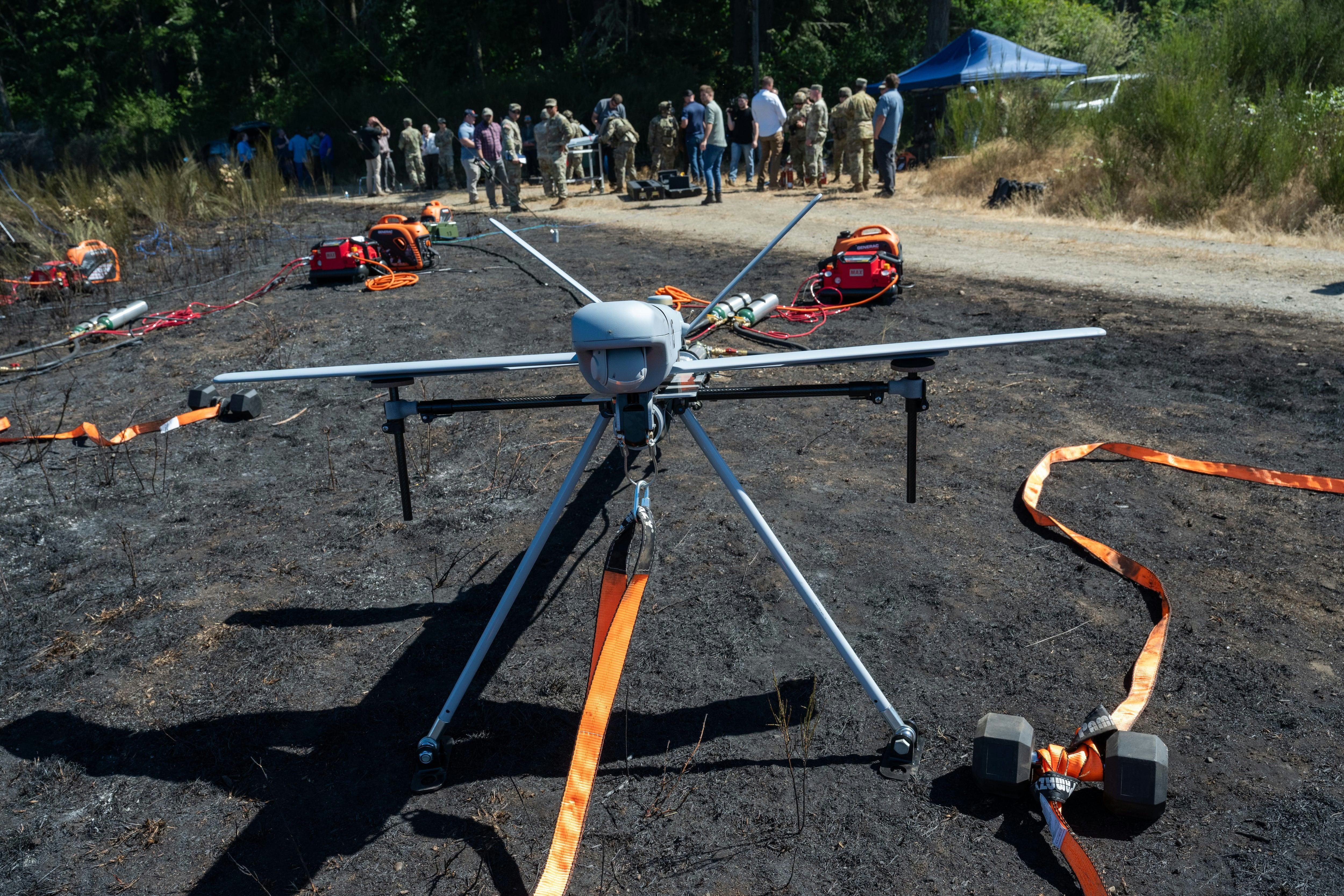
AeroGenie: Su copiloto inteligente.
Tendencias
Categories
Rolls-Royce Trent 7000: Inside The World’s Most Reliable Widebody Engine
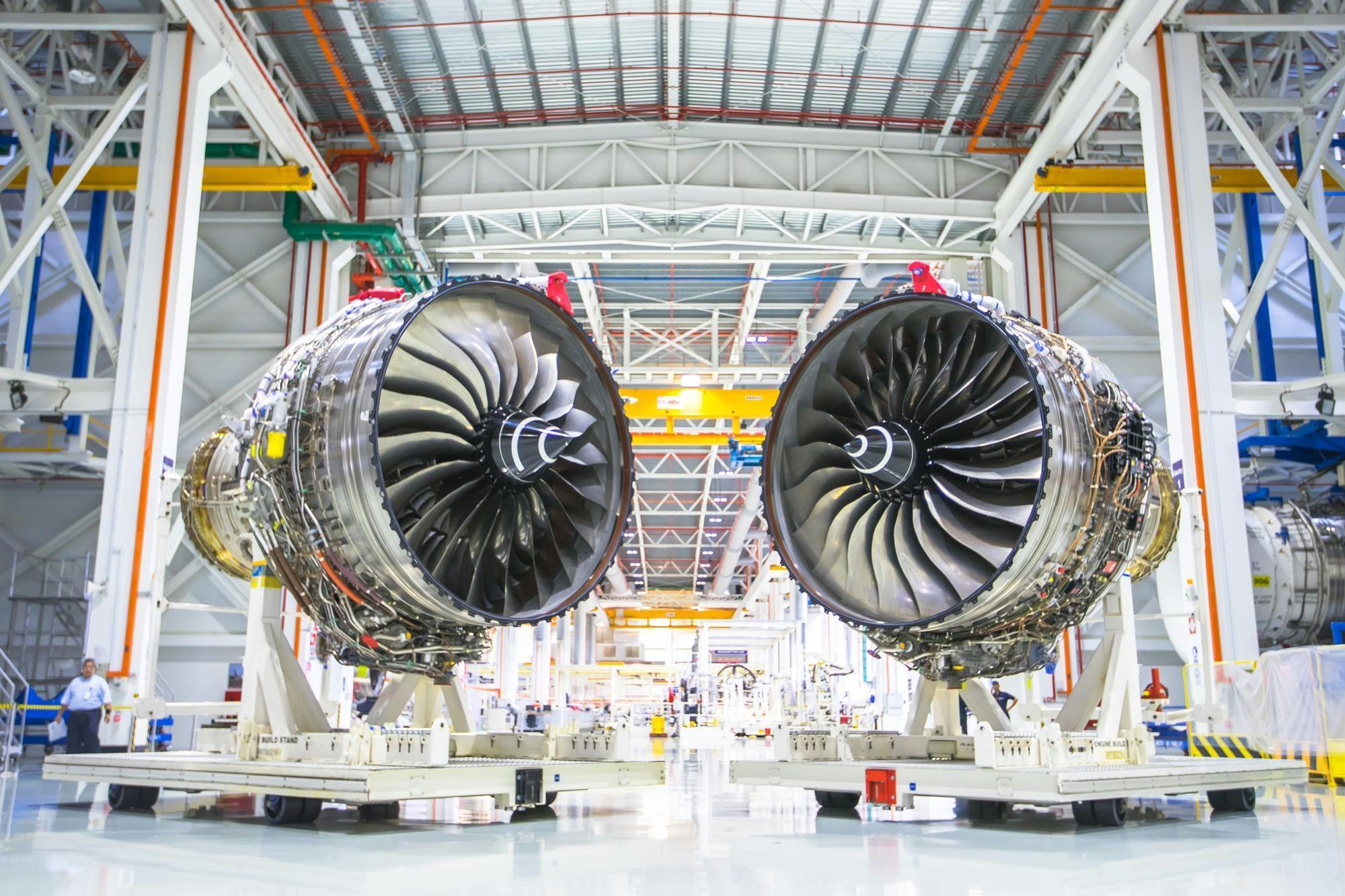
Rolls-Royce Trent 7000: Inside the World’s Most Reliable Widebody Engine
The Rolls-Royce Trent 7000 powers the Airbus A330neo and is widely regarded as the world’s newest and most reliable widebody engine. Backed by Rolls-Royce’s extensive global service network and bespoke support packages, the Trent 7000 offers a compelling combination of performance, cost-efficiency, and environmental responsibility. This article examines the engine’s design evolution, advanced technological features, operational reliability, feedback from operators, sustainability credentials, and the challenges it faces within a highly competitive market.
Design Evolution and Technological Advancements
The Trent 7000 builds upon the proven core of the Trent XWB and incorporates the ten-stage intermediate compressor from the Trent 1000, while retaining Rolls-Royce’s signature three-shaft architecture. This three-spool design enables each compressor stage to operate at its optimal speed, thereby enhancing overall efficiency and reducing mechanical stress. The engine was launched at Farnborough in 2014, completed its first run in 2015, and secured EASA certification by July 2018.
Among its key technical features are a 10:1 bypass ratio and an overall pressure ratio of 50:1. The engine is equipped with a 112-inch (2.85 m) hollow titanium fan featuring advanced aerodynamic design. It delivers a 14% improvement in fuel burn per seat compared to previous A330 engines. Additional innovations include thermal-coated high-pressure blades and active turbine clearance control, which contribute to operational stability and fuel efficiency, particularly on short-haul routes. The Trent 7000 also incorporates a bleed-air anti-icing system and a refined gearbox, both of which enhance dispatch reliability.
Although the engine is marginally heavier than its predecessor, these technological advancements have supported millions of reliable flying hours since its first flight in 2017, underpinning the commercial success of the A330neo.
Competitive Landscape and Market Challenges
The Trent 7000 competes in a fiercely contested market where General Electric (including CFM International) commands a 55% share, Pratt & Whitney (through joint ventures) holds 26%, and Rolls-Royce accounts for 18%. Its primary competitors include the GE GEnx, the forthcoming GE9X, and Pratt & Whitney’s PW1000G series.
A notable distinction lies in the engine’s three-shaft design compared to the two-shaft configurations employed by rivals such as the GE GEnx and GE9X. Rolls-Royce’s approach allows each compressor stage to run at its own optimal speed, resulting in smoother power delivery and reduced mechanical stress. In contrast, two-shaft engines combine intermediate and high-pressure compressors on a single shaft, simplifying construction but potentially compromising efficiency under part-load conditions. The Trent 7000’s large titanium fan and high bypass ratio capitalize on this architecture to deliver superior thrust and thermal efficiency.
The engine’s 14% improvement in fuel burn per seat translates into lower operating costs and reduced emissions, aligning with the increasing regulatory focus on environmental impact. Nevertheless, as global standards become more stringent, Rolls-Royce faces ongoing pressure to further reduce emissions and noise levels.
Operator Feedback and Future Outlook
Airlines operating the Trent 7000 have commended its reliability, dispatch performance, and cost savings. However, the engine’s future success will depend on Rolls-Royce’s ability to adapt to evolving market demands and tightening regulatory requirements. Competitors are rapidly advancing their own technologies, seeking to match or exceed the Trent 7000’s benchmarks in efficiency and sustainability.
The Trent 7000 represents a new standard in widebody engine reliability and efficiency, combining cutting-edge engineering with robust global support. As competition intensifies and environmental regulations evolve, its continued leadership will rely on sustained innovation and adaptability amid the challenges facing the aerospace industry.

Lufthansa's Fleet Plans for 2025

Fifteenth National Games Model Aviation Finals in Longhua Showcase Drone Sports and Innovation
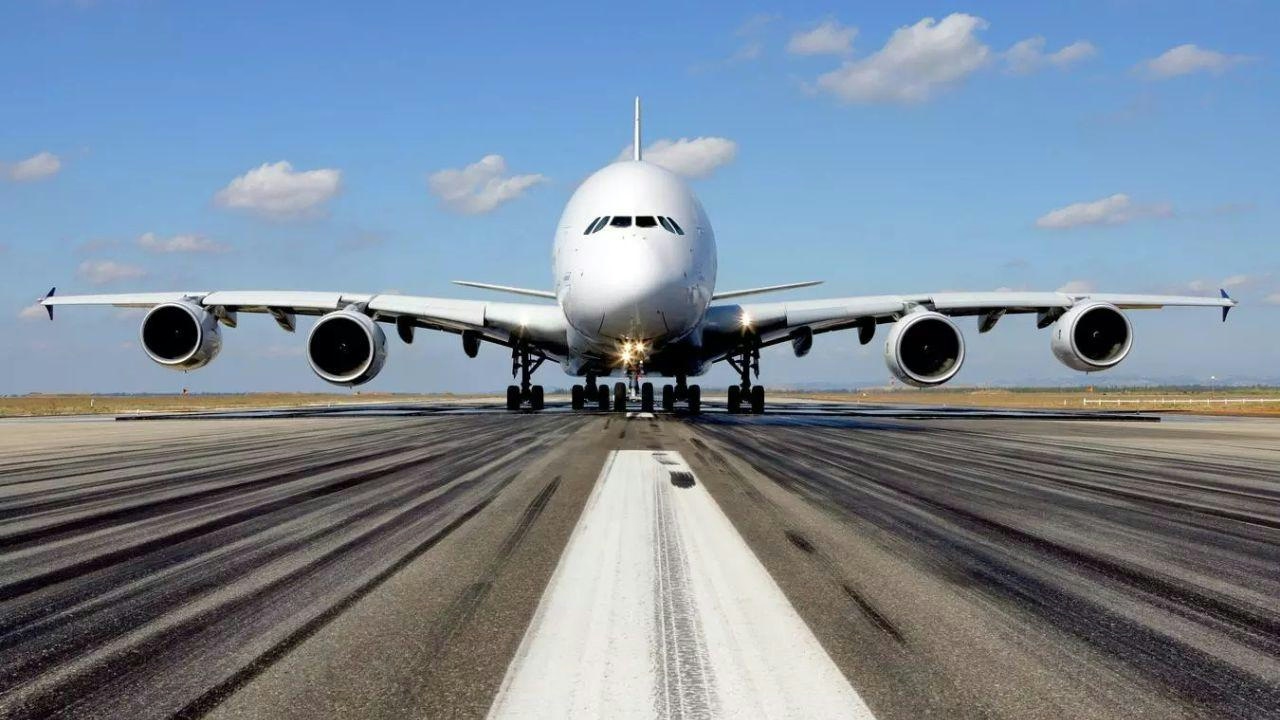
Brazilian Woman Becomes First Female Captain of Airbus A380
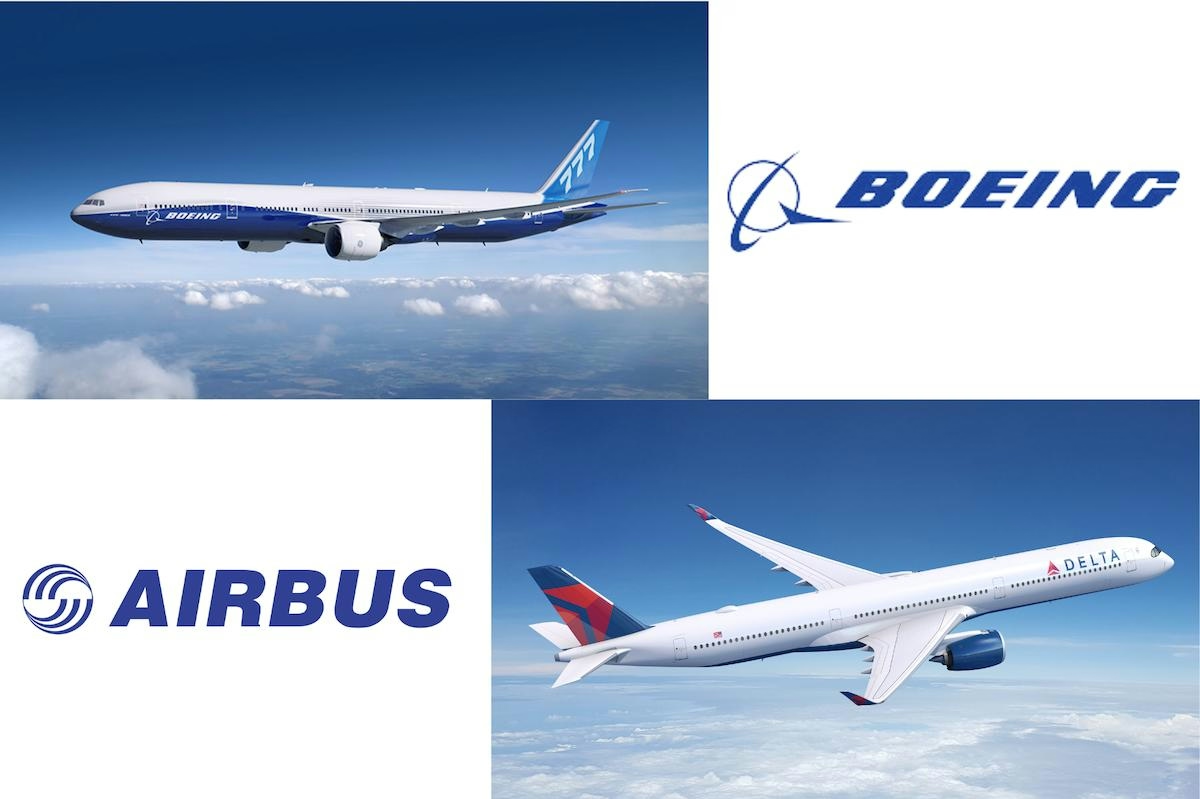
Airbus and Boeing: Comparing Their Global Reach

Vietjet Orders 100 Airbus A321neo Jets, Strengthening UK-Vietnam Strategic Partnership
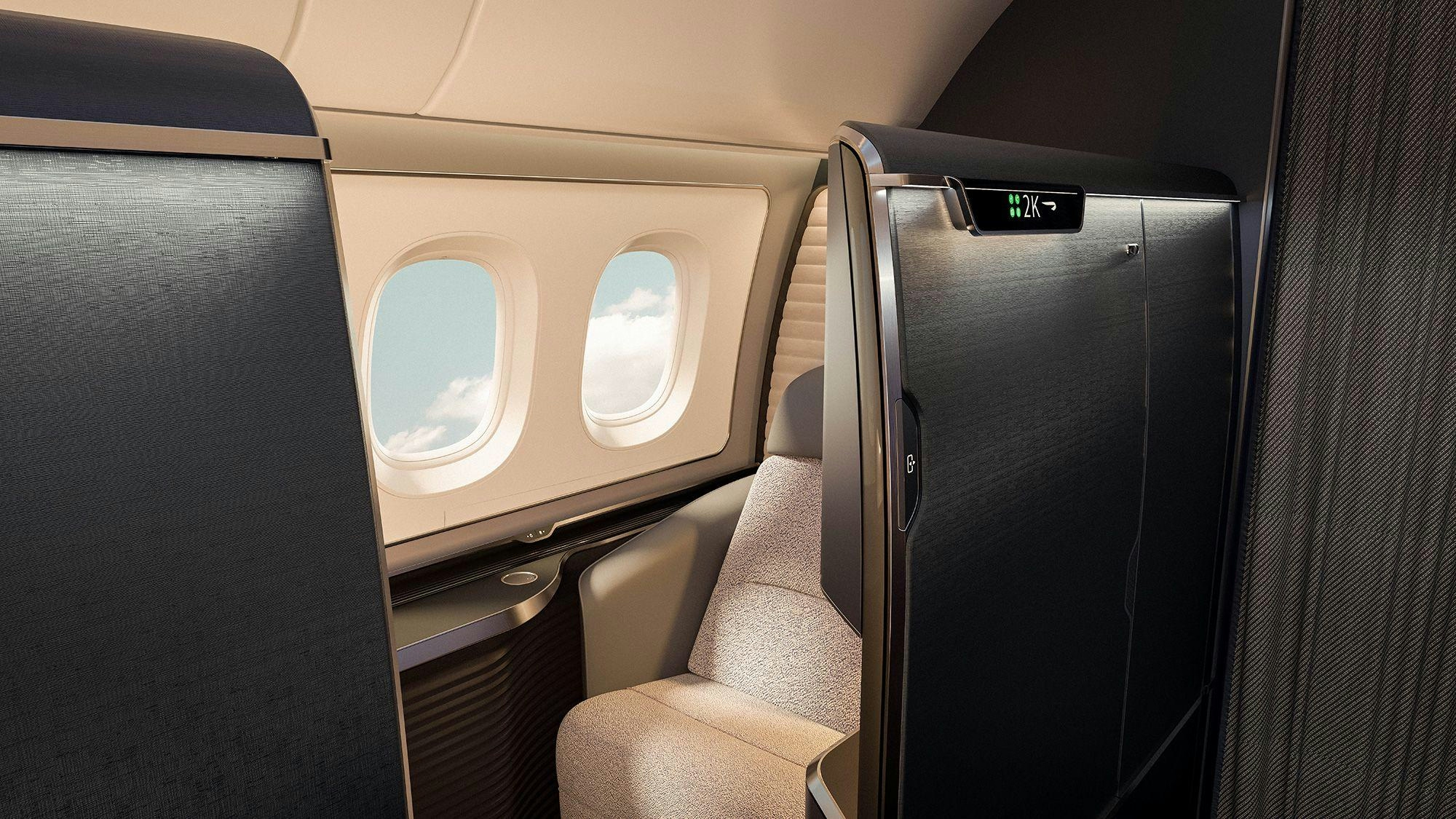
The Aircraft Set to Replace the Iconic Superjumbo

Delta Air Lines Introduces AI-Powered Concierge Service
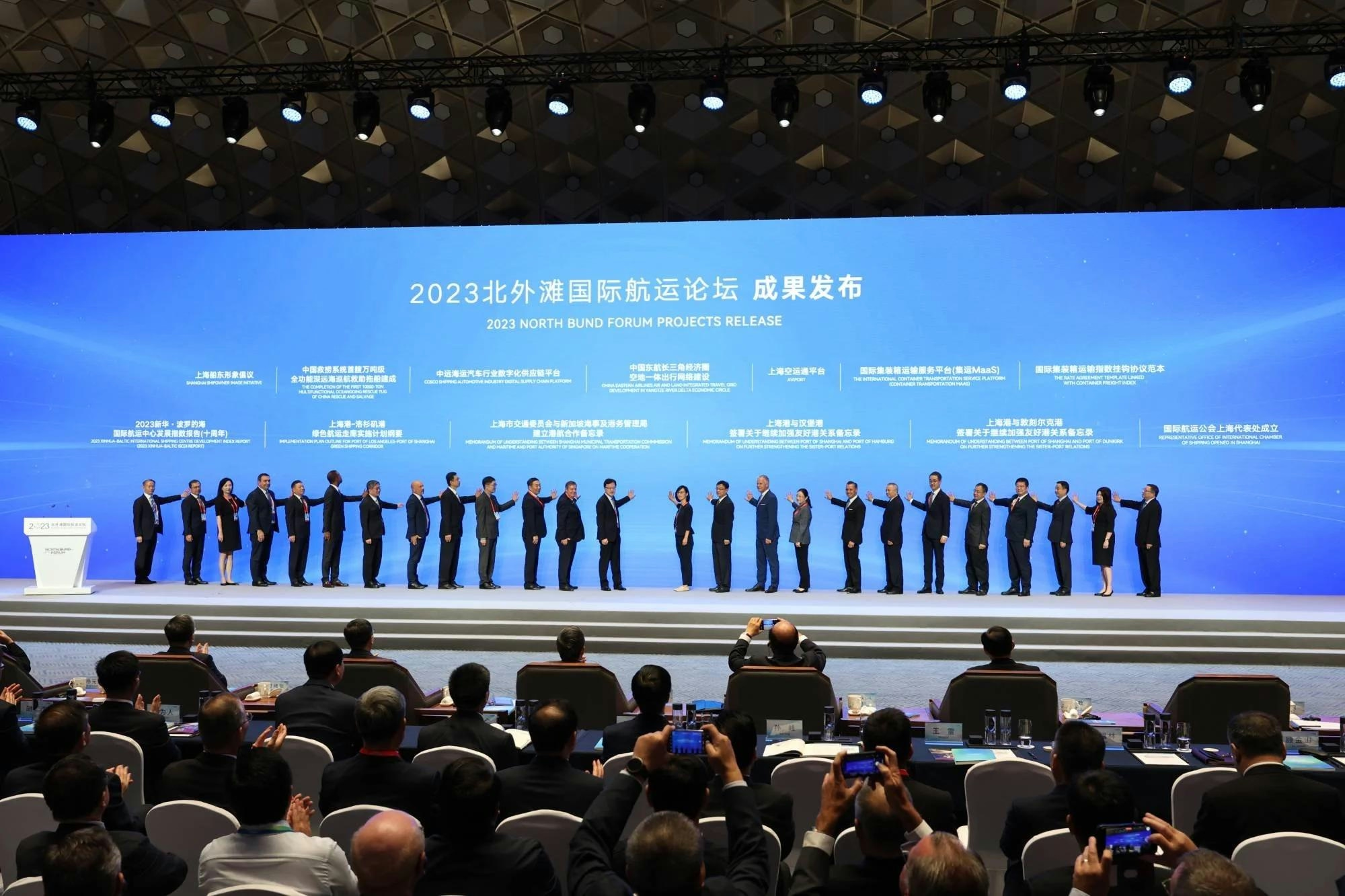
Shanghai to Host 2025 North Bund International Aviation Forum

Air Methods Acquires Three Bell 407GX Helicopters and Receives Bell 429 for Medical Fleet
